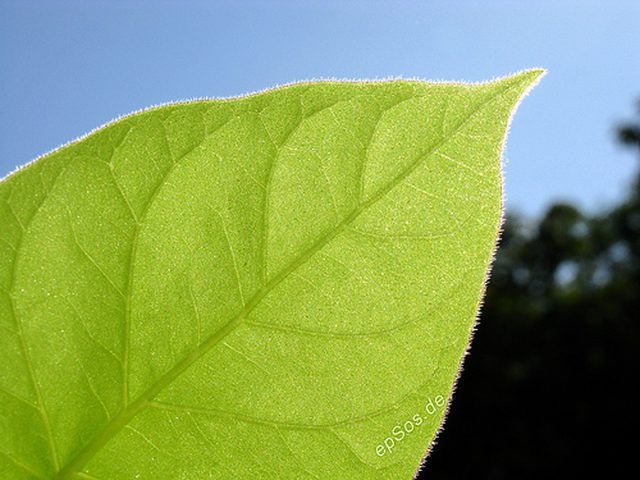Bulbs
Flower Basics
Flower Beds & Specialty Gardens
Flower Garden
Garden Furniture
Garden Gnomes
Garden Seeds
Garden Sheds
Garden Statues
Garden Tools & Supplies
Gardening Basics
Green & Organic
Groundcovers & Vines
Growing Annuals
Growing Basil
Growing Beans
Growing Berries
Growing Blueberries
Growing Cactus
Growing Corn
Growing Cotton
Growing Edibles
Growing Flowers
Growing Garlic
Growing Grapes
Growing Grass
Growing Herbs
Growing Jasmine
Growing Mint
Growing Mushrooms
Orchids
Growing Peanuts
Growing Perennials
Growing Plants
Growing Rosemary
Growing Roses
Growing Strawberries
Growing Sunflowers
Growing Thyme
Growing Tomatoes
Growing Tulips
Growing Vegetables
Herb Basics
Herb Garden
Indoor Growing
Landscaping Basics
Landscaping Patios
Landscaping Plants
Landscaping Shrubs
Landscaping Trees
Landscaping Walks & Pathways
Lawn Basics
Lawn Maintenance
Lawn Mowers
Lawn Ornaments
Lawn Planting
Lawn Tools
Outdoor Growing
Overall Landscape Planning
Pests, Weeds & Problems
Plant Basics
Rock Garden
Rose Garden
Shrubs
Soil
Specialty Gardens
Trees
Vegetable Garden
Yard Maintenance
Why Do Green Plants Need Sunlight to Perform Photosynthesis?
Why Do Green Plants Need Sunlight to Perform Photosynthesis?. Green plants use the process of photosynthesis to convert energy from sunlight into sugar. Using cellular respiration, the plant to transforms the sugar into adenosine triphosphate or ATP, the chemical form of energy stored inside the plant.

Green plants use the process of photosynthesis to convert energy from sunlight into sugar. Using cellular respiration, the plant to transforms the sugar into adenosine triphosphate or ATP, the chemical form of energy stored inside the plant.
Chlorophyll
Green plants contain chlorophyll, a green pigment that absorbs sunlight.
Color of Light
According to the Biology Department of Clermont College at the University of Cincinnati, leaves appear green because chlorophyll absorbs red and blue light from the sun. The plant does not absorb green light.
Location
Photosynthesis occurs mostly in a plant's leaves, which are positioned to receive sunlight.
Light Reaction
Plants harvest solar energy from sunlight to make ATP through a process called Light Reaction. Pigments in the plant absorb the sun's energy and use it to break down water molecules. Hydrogen and oxygen are set free, and the energy is stored in the form of ATP. Light Reaction can only occur in sunlight.
ATP
ATP is comprised of a nucleotide and three phosphate groups. It is similar to human DNA in molecular structure.
Oxygen
During the photosynthesis process, the plant absorbs carbon dioxide and releases oxygen into the atmosphere.